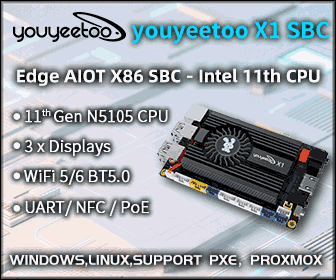Delete Old Revisions to Reduce Time to First Byte for WordPress Blogs
I’ve already implemented several steps to improve this blog performance: Install W3 Total Cache plugin. Register to CloudFlare CDN to reduce the load on the server. Those two work pretty well, but there was still a problem with the Time to First Byte according to http://www.webpagetest.org. It got an F mark for First Byte Time. Sometimes I would get TTFB (Time To First Byte) of 20 seconds and more. TTFB is synonym of slow back-end processing either because of poorly optimized software or insufficient hardware specs or both. Part of the problem is probably due to my hosting provider (I use a shared hosting) and I sometimes get very high server load in CPanel (e.g. 50 (4 cpus)) whether my blog is running or not. But I found a blog post explaining how to try to reduce the TTFB for WordPress blog by installing Better Delete Revision plugin in order […]





